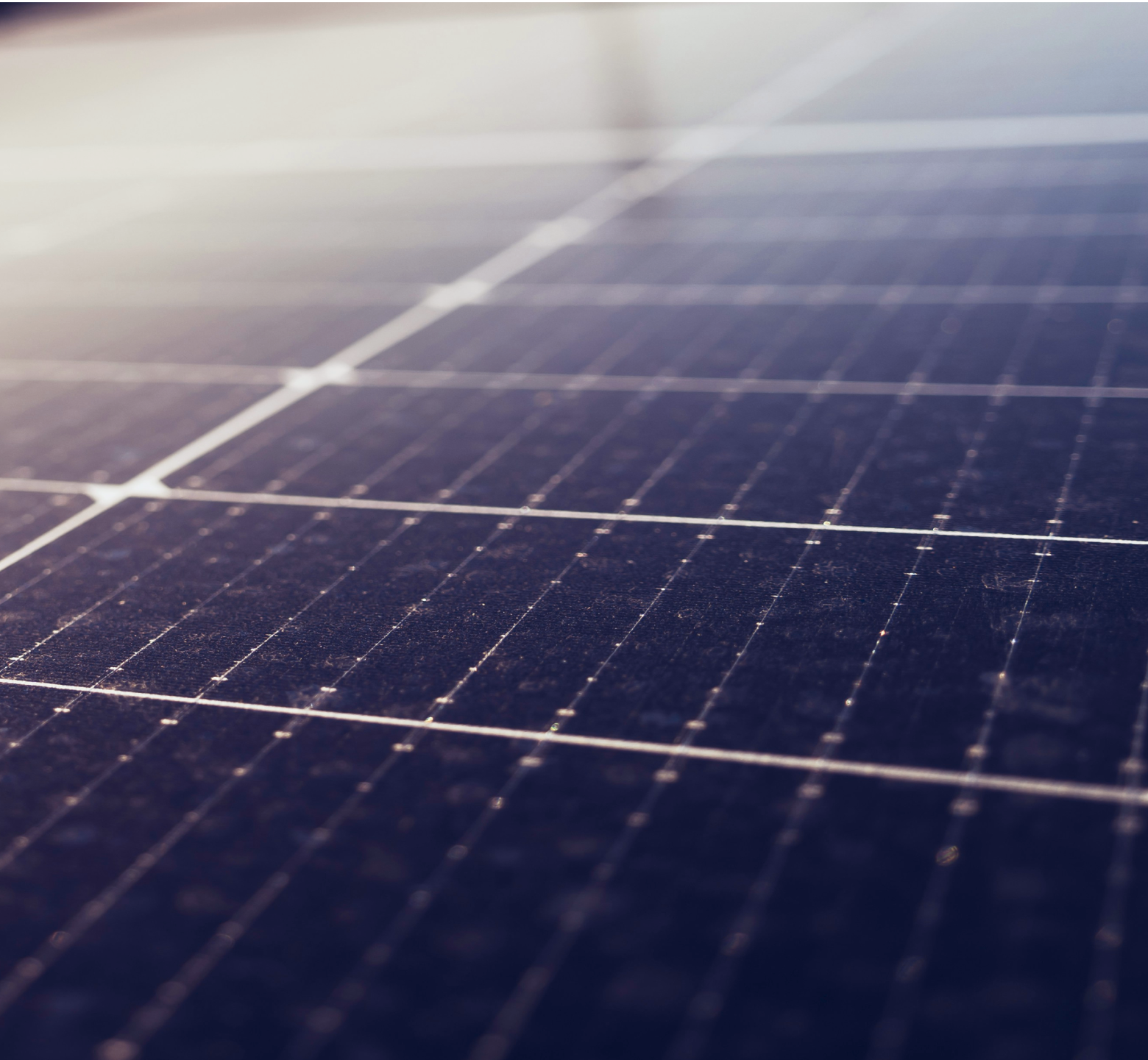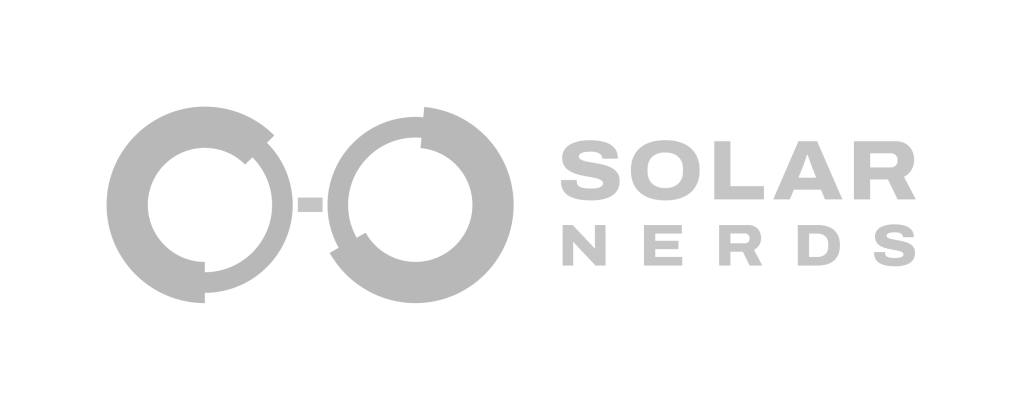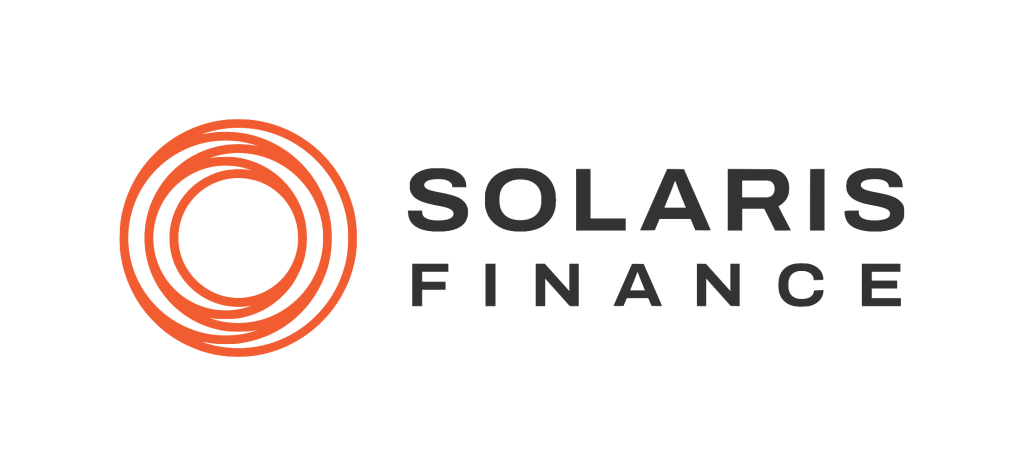⚠️ This article is for the solar generation rebate.
New from 1 July 2025: Australia’s STC program is being expanded to cover home batteries.
See our Battery Rebate article for how the discount will work.
Table of Contents
What Are Small-scale Technology Certificates (STCs)?
STCs are tradable certificates that represent the environmental benefits of generating electricity from renewable sources. They are part of the Australian Government’s Small-scale Renewable Energy Scheme (SRES), designed to reduce greenhouse gas emissions and encourage the uptake of renewable energy technologies.
Understanding the 'Rebate' Misconception
While commonly referred to as a ‘solar rebate’ in marketing materials and by solar retailers, STCs are not technically a rebate. Instead, they function as a financial incentive by reducing the upfront cost of installing a solar system. This misconception arises because the value of the STCs is typically deducted from the purchase price of the solar system, much like how a rebate would work. However, STCs are actually certificates that can be sold or traded, representing the renewable energy your system is expected to generate over its lifetime.
How the STC Scheme Works
When you install an eligible solar PV system, you earn a certain number of STCs based on:
- System Size: The total kilowatt (kW) capacity of your solar system.
- Geographic Location: Australia is divided into different zones based on solar irradiance levels, affecting the number of STCs awarded.
- Deeming Period: The number of years until the scheme’s end in 2030. The deeming period reduces each year, decreasing the number of STCs you can claim.
The STCs can then be sold to electricity retailers and other entities obligated to purchase them under the Renewable Energy Target (RET) scheme. Most homeowners assign their STCs to their solar installer in exchange for an upfront discount on the system’s cost.
Calculating the Number of STCs
The number of STCs your system is eligible for is calculated using the following formula:
Number of STCs = System Size (kW) × Deeming Period (years) × Zone Rating
- System Size: The total capacity of your solar panels in kilowatts.
- Deeming Period: The number of years left until 2030. For example, if you install your system in 2024, the deeming period is 7 years (2030 – 2024 + 1).
- Zone Rating: A factor based on your geographical location’s solar irradiation.
The Clean Energy Regulator has a calculator that you can use to do this calculation for you.
Example Calculation

Suppose you install a 6.6 kW system in Sydney (Zone 3) in 2024.
- System Size: 6.6 kW
- Deeming Period: 7 years (2024 to 2030)
- Zone Rating for Zone 3: Approximately 1.382
Number of STCs = 6.6 kW × 7 years × 1.382 = 63.8
You would be eligible for 63 STCs (since you can’t claim a fraction of an STC).
Monetary Value of STCs
STCs have a market value that fluctuates based on supply and demand but are capped at a maximum price of $40 per STC by legislation. As of recent market conditions, STCs are trading at approximately $38 to $39.
How STCs Reduce Upfront Costs
Using the example above with 55 STCs at $38 each:
Total STC Value = 55 STCs × $38 = $2,090
This amount is typically deducted from the total cost of your solar installation, effectively reducing the upfront expense.
Variability of STC Prices
The price of STCs can vary due to:
- Market Demand: High demand for solar installations can increase the supply of STCs, potentially lowering their price.
- Regulatory Changes: Policy adjustments can impact the STC market.
It’s essential to consult with your installer about the current STC price at the time of your installation.
Claiming the STC Incentive
Assigning STCs to Your Installer
The most common method of claiming the STC incentive is by assigning the rights of your STCs to your solar installer. In return, they provide an upfront discount equivalent to the value of the STCs on your solar system’s price. This process simplifies the transaction for homeowners, as the installer handles the administrative tasks associated with selling the STCs.

Independent Sale of STCs
While it’s possible to register and sell STCs independently through the STC Clearing House or the open market, the process is complex and time-consuming. For most homeowners, the convenience of assigning STCs to the installer outweighs the potential financial benefits of selling them independently.
Eligibility Criteria for STCs
To qualify for STCs, your solar PV system must meet the following requirements:
- Approved Components: Use solar panels and inverters listed on the Clean Energy Council (CEC) approved products list.
- Accredited Installation: The system must be designed and installed by a professional accredited with Solar Accreditation Australia (SAA) and the CEC.
- System Size: The total capacity must be 100 kW or less.
- Compliance: The installation must comply with all relevant Australian standards and local regulations.
Other Eligible Technologies
While this article focuses on solar PV systems, other technologies eligible for STCs include:
- Solar Water Heaters
- Air Source Heat Pumps
- Wind Turbines
- Hydro Systems
These are less common in residential settings but operate under similar principles within the STC scheme.
Understanding the Deeming Period and Its Impact
The deeming period refers to the number of years left until the STC scheme concludes in 2030. Each year, the deeming period decreases by one, reducing the number of STCs available for new installations.
Impact on STC Quantity
A shorter deeming period means fewer STCs can be claimed, reducing the financial incentive over time. This gradual phase-out encourages early adoption of renewable energy technologies.
Example
- Installation in 2024: Deeming Period = 7 years
- Installation in 2025: Deeming Period = 6 years
Installing your system sooner ensures you receive a higher number of STCs, increasing your upfront discount.
Frequently Asked Questions
Can existing solar system owners claim STCs for system expansions or upgrades?
Yes, but only for the additional capacity being installed, not for the existing system. The new components must meet all eligibility criteria, and the combined system must not exceed 100 kW.
What happens to the STCs if I sell my property after installing solar?
Once the STCs have been claimed and the financial benefit received, they are not affected by the sale of the property. The new homeowner will not be able to claim additional STCs for the existing system.
Is there a maximum number of STCs one can claim?
The maximum number of STCs is determined by the system size (up to 100 kW), the deeming period, and the zone rating. There is no specific cap on the number of STCs, but systems larger than 100 kW are classified differently and are not eligible under the STC scheme.
Do batteries qualify for STCs?
Yes, but battery storage systems are treated differently. See our Battery Rebate article for how the discount will work.
Why is the STC scheme often called a 'rebate' if it's not one?
The term ‘rebate’ is used because homeowners receive an upfront discount on their solar installation cost by assigning STCs to their installer. While technically not a rebate, this immediate financial benefit functions similarly, leading to the common but inaccurate use of the term.
Conclusion
Understanding the STC scheme is crucial for homeowners considering solar installations. By knowing how STCs work, how they reduce the upfront costs, and the importance of the deeming period, you can make an informed decision about investing in solar energy. While the terminology can be confusing, recognizing that STCs are tradable certificates not traditional rebates helps clarify how the scheme operates. As the deeming period continues to decrease each year until 2030, installing a solar system sooner ensures you maximize the financial benefits available under the STC scheme.




